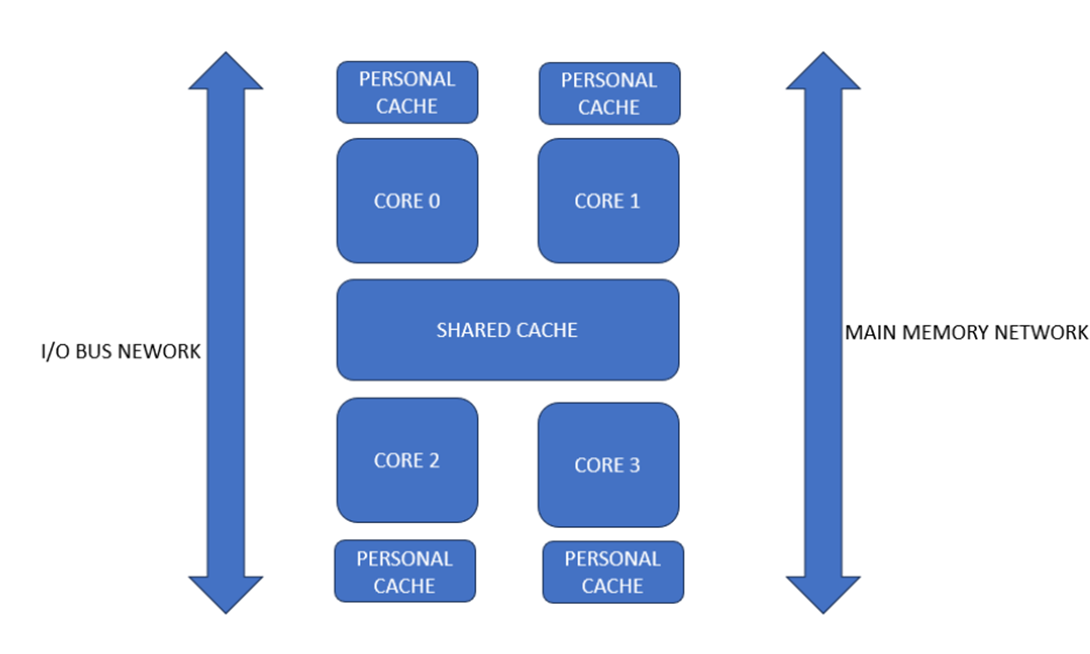waynethomasyorke.com – Continuations are a powerful concept in programming that allow for dynamic control flow, enabling the programmer to manipulate the execution of a program in ways that are not possible in many other programming paradigms. This article explores how continuations can be applied in the context of parallel computing, focusing on their practical applications and the challenges involved.
Understanding Continuations
A continuation in computer science is an abstract representation of the control state of a computer program. It encapsulates the remaining computation that would be performed after the current function returns. This concept is fundamental in functional programming languages like Scheme, where continuations are used to implement non-local control flow mechanisms such as exceptions, generators, and coroutines.
Application in Parallel Computing
In the realm of parallel computing, continuations can be used to implement complex control structures and algorithms that are necessary for handling parallel execution. Here are some of the key applications:
- Exception Handling: Continuations can be used to implement exception handling mechanisms that are more flexible than traditional try-catch blocks. By capturing the continuation before a potentially error-prone operation, the program can jump to a recovery point if an error occurs.
- Coroutines: Continuations can be used to implement coroutines, which are a form of cooperative multitasking. By capturing and resuming continuations, coroutines can yield control to other coroutines and then later resume their execution.
- Generators: Continuations are used to implement generators, which allow for the generation of sequences of values. This is useful in scenarios where a sequence of operations needs to be performed in a non-linear fashion.
Challenges in Parallel Computing
Implementing continuations in parallel computing involves several challenges:
- Performance Overhead: The overhead of managing continuations can be significant, especially in languages where continuations are implemented using heap allocations. This can lead to performance issues in applications that require high throughput.
- Complexity: Continuations can make code more complex and harder to understand. This is particularly true in languages where continuations are not a first-class feature, as they may require additional boilerplate code to implement.
- Compatibility: Integrating continuations into existing parallel computing frameworks can be challenging due to compatibility issues with existing code and libraries. This can limit the adoption of continuations in mainstream parallel computing applications.
Conclusion
Continuations are a powerful tool in parallel computing that allow for dynamic control flow and can be used to implement complex control structures and algorithms. While they can be challenging to implement and use, the flexibility they provide can lead to elegant and efficient solutions to parallel computing problems. By mastering continuations, programmers can leverage the full potential of modern parallel computing frameworks.
